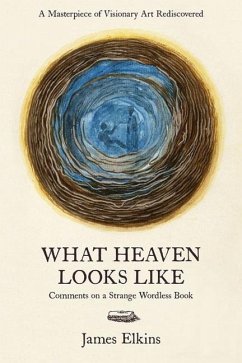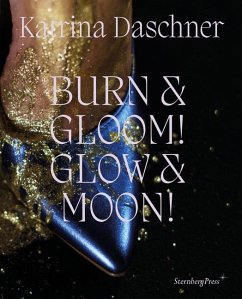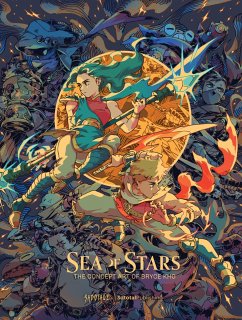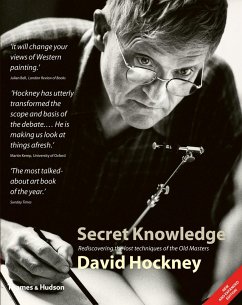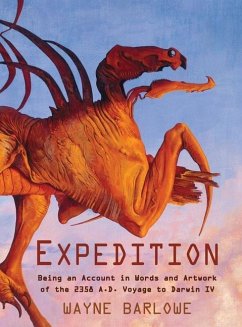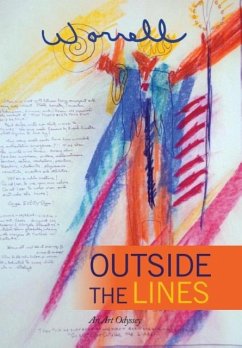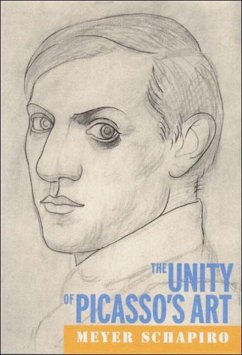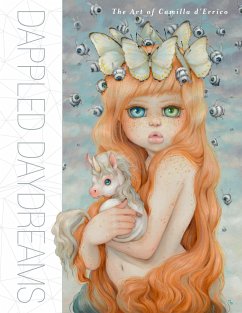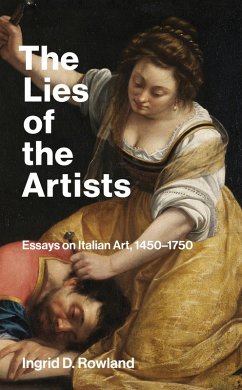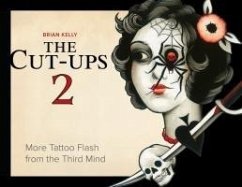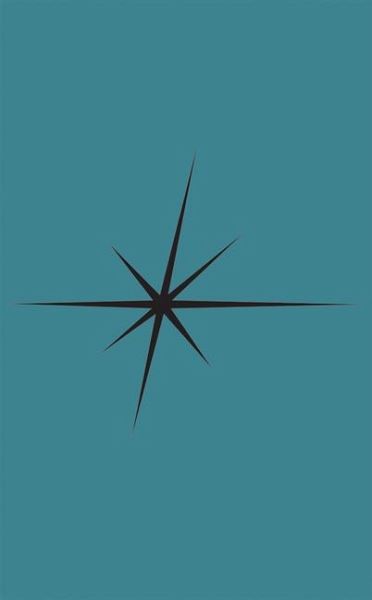
The Complex Answer
On Art as a Non-Binary Intelligence
Versandkostenfrei!
Versandfertig in über 4 Wochen
20,99 €
inkl. MwSt.

PAYBACK Punkte
10 °P sammeln!
"The Complex Answer: On Art as a Non-Binary Intelligence presents a series of entangled essays on the question on how art--and contemporary art practices in particular--embodies an intelligence capable of serving the erasure of the culture/nature distinction. The book is conceived in four parts and each not only introduces a slightly different writing on the subject matter, but also refers to concrete questions that affect the practice of art, the exercise of exhibiting, the duty of reflecting, and the institutional forms that define our present but may radically change in a near future." --pu...
"The Complex Answer: On Art as a Non-Binary Intelligence presents a series of entangled essays on the question on how art--and contemporary art practices in particular--embodies an intelligence capable of serving the erasure of the culture/nature distinction. The book is conceived in four parts and each not only introduces a slightly different writing on the subject matter, but also refers to concrete questions that affect the practice of art, the exercise of exhibiting, the duty of reflecting, and the institutional forms that define our present but may radically change in a near future." --publisher.



